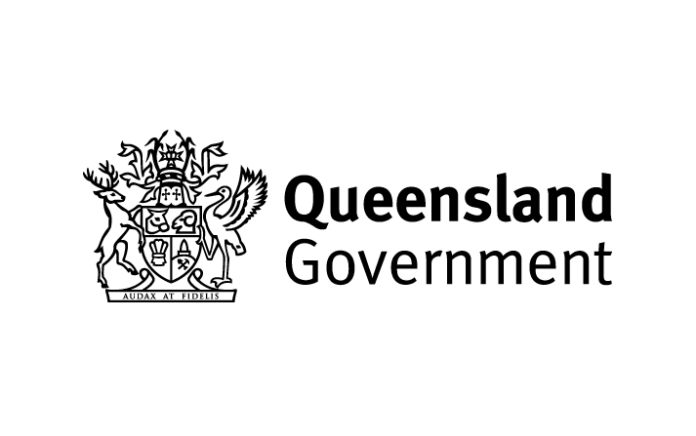
A $1 billion overhead high-voltage electricity transmission line which will connect major energy users and North West Queensland’s public to the national electricity grid has been declared a coordinated project by Queensland’s independent Coordinator-General.
The proposed CopperString transmission line, to be delivered by project proponent CuString Pty Ltd, will have the capacity to transfer 400-500 megawatts of electricity to and from the North West Queensland electricity supply system and the National Electricity Market.
It will run from a new substation near Woodstock, south of Townsville, to a new substation south west of Cloncurry, and will then diverge west to Mount Isa and to major energy users in the North West Queensland Minerals Province.
Subject to approvals, CuString is looking to commence the first stage of construction, a 720-kilometre overhead high-voltage electricity line from Woodstock, south of Townsville, to the Chumvale Sub-station, near Cloncurry, by the end of 2020, with operations commencing by the end of 2022.
In making the announcement, Minister for State Development, Manufacturing, Infrastructure and Planning Cameron Dick said CuString will now have to prepare a comprehensive environmental impact statement (EIS) for the project, which could create up to 400 full-time jobs during its three-and-a-half-year construction phase and up to 30 full-time jobs once fully operational.
“The proponent has stated the project will provide reliable electricity to communities and mines in the area, as well offering an alternative electricity supply to the North West,” the Minister added.
He said the independent Coordinator-General will now prepare draft terms of reference for the EIS that the proponent must produce and invite the community for public comment.
“The proponent will then have to produce a comprehensive EIS for the project that considers all potential environmental, social, economic and infrastructure impacts,” he said. The EIS will look carefully at these impacts, and ultimately, it is up to the proponent to justify the economic need,” Mr Dick concluded.




















